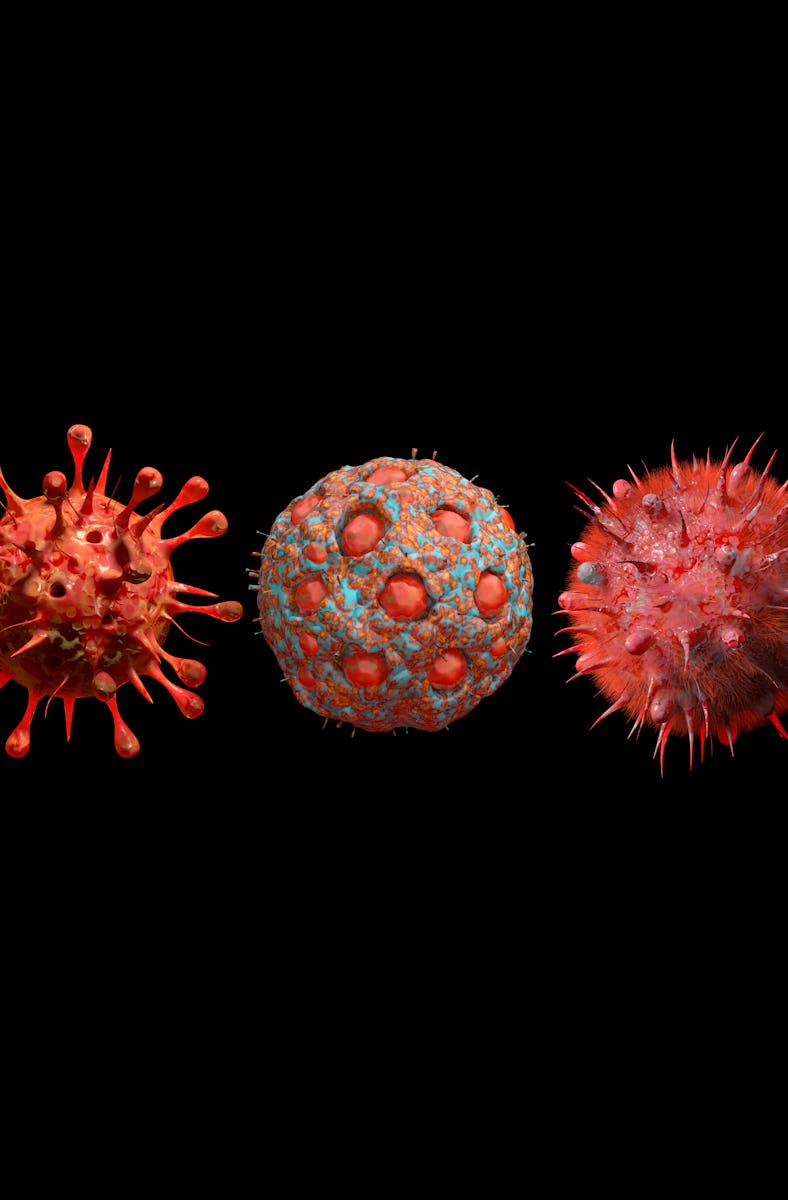Gene-Swapping Viruses Are Likely Behind Antibiotic Resistance, Study Finds
It’s like a microscopic Fight Club.

There’s a bromance of nightmares lurking where you least suspect it — on handrails, doorknobs, even your own skin. These innocuous places are meeting grounds for viruses and bacteria, a microscopic Fight Club of sorts where the former train the latter to get better, stronger, and more resistant to our means of eradication.
That’s according to a study published May 9 in the journal Nature Communications where researchers at City University of Hong Kong (CityU) uncover the first evidence of how viruses in man-made environments influence co-mingling bacteria. They found viruses, including those that are bacteriophages that specifically infect bacteria, help their microscopic neighbors by passing on genes that help a bacterium survive in nutrient-poor environments and may even confer antibiotic resistance.
"As more and more of the global population are living in urban areas, the importance of hygiene in man-made environments is growing, particularly indoor ones, as occupants inside are constantly exposed to diverse microorganisms, which have public health implications,” Patrick Kwan Ho Lee, the study’s lead researcher and professor of CityU’s School of Energy and Environment, said in a press release. “However, most previous studies of man-made environments overlooked viruses.”
Lee and his colleagues went around Hong Kong swabbing different surfaces such as handrails, floors, ticket kiosks, and doorknobs found in piers, public facilities, residences, and subways, collecting a total of 738 samples. The residence samples also included over 130 collected from swabbing human skin, specifically palms and forearms.
Network diagram illustrating viruses and their predicted bacterial hosts in various man-made environments. The circles and diamonds indicate the predicted bacterial hosts (at the family taxonomic level) and viruses, respectively, and the edges are colored according to the prediction methods. The frequency of virus–host links occurring in a habitat is shown on the right.
Next, examining and classifying the viruses collected, the researchers found these cellular invaders varied depending on the specific habitat, or area, they were found in. For instance, one particular group of viruses called Caudoviricetes — known as the tailed bacteriophage — was pretty much found everywhere but some like Papillomaviruses, which are known to inhabit surfaces to some extent, were unique to built environments and not found elsewhere.
So how exactly do bacteria benefit from their fellow infectious partners? Viruses are known to swap genes with bacteria, archaea, and even human cells; in the case of man-made environments, viruses seemed to be inserting metabolism-related genes into bacteria that enable and may even enhance their adaption to a nutrient-poor environment.
In addition, antibiotic resistance genes against antibiotics like tetracycline and vancomycin were found in viruses living on human skin or frequently touched indoor surfaces. This suggests one way bacteria may be developing antibiotic resistance — which is becoming an increasingly huge and threatening deal — from potential gene swapping with viruses, Lee and his colleagues posit.
“Our study shows that the diversity, composition, metabolic functions, and lifestyle of viruses vary, depending on the conditions of each man-made environment,” said Lee. “Therefore, it is important to develop customized control strategies to minimize human exposure to harmful microorganisms and to better protect residents’ health. Our findings can contribute to this goal by enhancing the fundamental understanding of complex virus–bacteria interactions in man-made environments.”
This article was originally published on